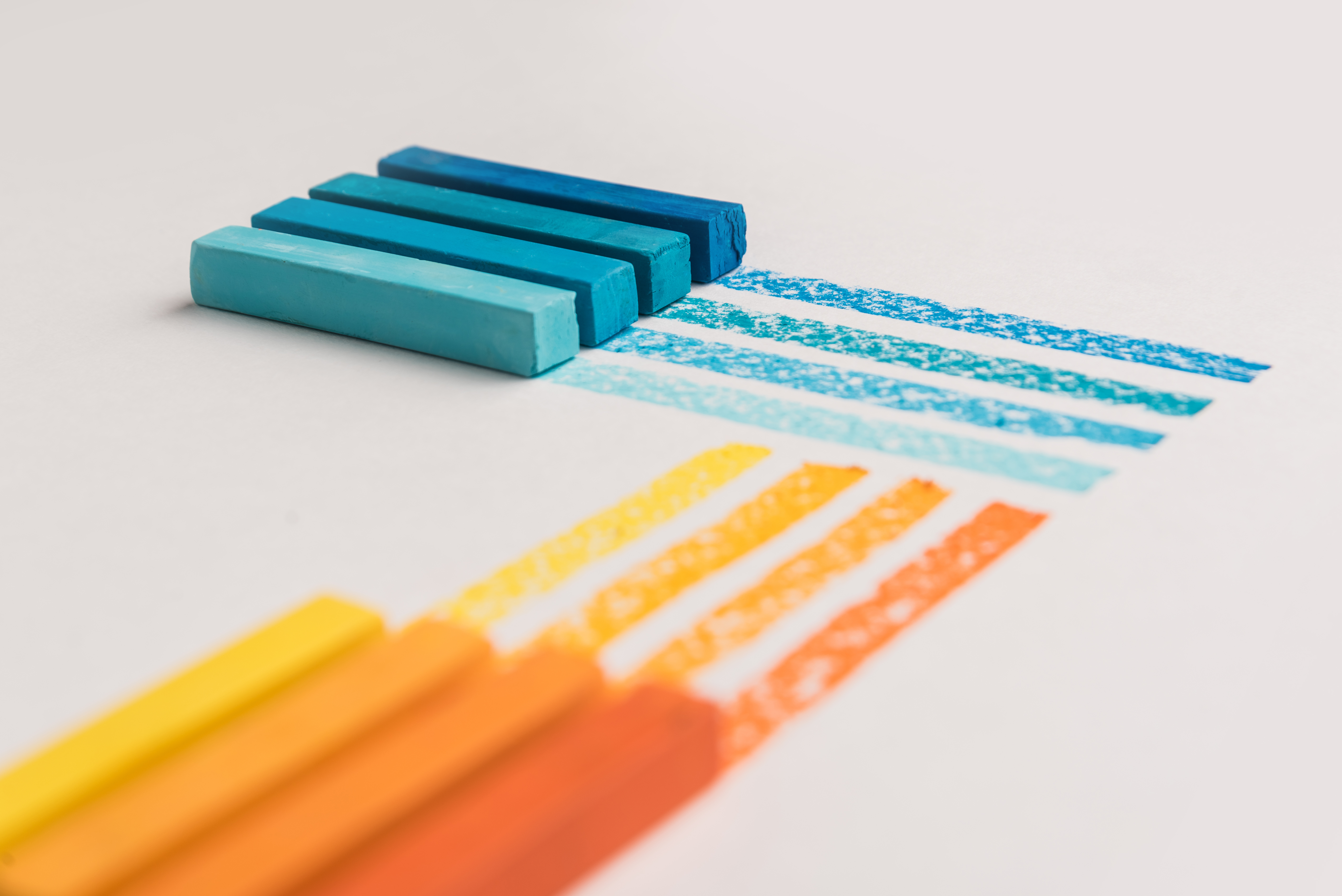We found 4 results that contain "environment"
Posted on: 12 Best API Testing Tools for 2025



Posted by
4 months ago

Assertible
Assertible automated QA tools test and monitor your web services across deployments and environments. These API tools provide assertions to test endpoints and sync tests with API changes.
Features:
Schedule tests to run automatically at specific intervals or continuous integration workflows.
This tool uses dynamic variables to manage and customize API requests, including environment-specific values and response data.
To test interactions, simulate API responses with mock endpoints without depending on live APIs.
Integrates with tools to execute web app tests when pushing code to GitHub or send alerts to Slack if failures happen.
This tool provides test reports.
--- Edited
Assertible automated QA tools test and monitor your web services across deployments and environments. These API tools provide assertions to test endpoints and sync tests with API changes.
Features:
Schedule tests to run automatically at specific intervals or continuous integration workflows.
This tool uses dynamic variables to manage and customize API requests, including environment-specific values and response data.
To test interactions, simulate API responses with mock endpoints without depending on live APIs.
Integrates with tools to execute web app tests when pushing code to GitHub or send alerts to Slack if failures happen.
This tool provides test reports.
--- Edited
Assessing Learning
Posted on: Smoke test group by venturit team



Posted by
about 2 months ago

Edited: Natural disasters can have devastating consequences, including:
Loss of life and injury:
Human casualties are a tragic outcome of many natural disasters.
Property damage:
Buildings, infrastructure, and personal belongings can be destroyed or damaged.
Economic disruption:
Disasters can disrupt local economies, causing significant financial losses.
Environmental damage:
Natural disasters can lead to habitat destruction, pollution, and other environmental problems.
Importance of Preparedness:
While natural disasters are inevitable, being prepared can significantly reduce their impact:
Early warning systems: Timely warnings allow communities to evacuate and take necessary precautions.
Building codes and regulations: Stronger infrastructure can better withstand natural hazards.
Community awareness and education: Educating the public about disaster preparedness is crucial.
Emergency response plans: Having well-defined plans for responding to disasters can save lives and minimize damage.
Loss of life and injury:
Human casualties are a tragic outcome of many natural disasters.
Property damage:
Buildings, infrastructure, and personal belongings can be destroyed or damaged.
Economic disruption:
Disasters can disrupt local economies, causing significant financial losses.
Environmental damage:
Natural disasters can lead to habitat destruction, pollution, and other environmental problems.
Importance of Preparedness:
While natural disasters are inevitable, being prepared can significantly reduce their impact:
Early warning systems: Timely warnings allow communities to evacuate and take necessary precautions.
Building codes and regulations: Stronger infrastructure can better withstand natural hazards.
Community awareness and education: Educating the public about disaster preparedness is crucial.
Emergency response plans: Having well-defined plans for responding to disasters can save lives and minimize damage.
Justice and Belonging
Posted on: Introduce Books, Storytelling And Narration, Books play a vital role in both brain development


Posted by
over 1 year ago
Introduce Books, Storytelling And Narration -- Edited
Books play a vital role in both brain development and language skills. They’re also the first step towards gross motor skill development (holding books, turning pages). I had introduced cloth books & soft sponge books to her when she was two months old, board books from five months, and paper books after she turned a year old. She liked colourful objects, animals, birds & shapes till around nine months and then loved listening to simple short stories from illustrated books (no fairy tales). And activity books (match the shadows, pairing similar objects) after she turned 2.
3. Ask Questions To Stimulate The Thinking Process
As I introduced the books, I named the objects she was seeing in all the languages I knew. Then I gradually started describing them (shape, colour, use). I explained the environment in which they are found and constantly asked her questions. For example, pointing at a rabbit, instead of asking “what is this?” I asked her, “it has long ears, a short fluffy tail, is soft & white like cotton. What is it?”. I continued with the exercise even when we went out to some shop or mall. We played the “I spy” game in the house & outdoors. I would describe objects and ask her to identify them. It was fun.
4. Let Your Kids Explore - Touch, Feel, Smell, Taste
I encouraged the natural tendency that kids have to explore the world around them. (But of course, with discretion). I never stopped her from playing with stones or mud in the garden, things like tasting sour lime or bitter gourd, smell a flower on the plant, etc. She learned by herself that stones were hard, mud was soft, ice was cold, the paper could be torn with hands and rubber bands were elastic & so on. Things that were not safe for her we explained to her & kept out of reach- like touching a hot cup of tea could burn her skin, pressing against a glass door could break the glass, playing with a sharp object could hurt, etc.
5. Music-Dance-Physical Activity
Kids love music & I was not surprised the other day when she sang the whole song “lakdi ki kathi, kathi pe ghoda” and danced to the tune as well. She now sings quite a few songs & rhymes. It seems like she has a good ear for music because she has been listening to it since childhood. I also noticed that a soothing instrumental piece calms her down whereas a song like “lungi dance” excites her. So, dance becomes an excellent physical activity to channelise the never-ending energy of a kid, and singing & listening to songs becomes a great mental activity. ---- Edited
Books play a vital role in both brain development and language skills. They’re also the first step towards gross motor skill development (holding books, turning pages). I had introduced cloth books & soft sponge books to her when she was two months old, board books from five months, and paper books after she turned a year old. She liked colourful objects, animals, birds & shapes till around nine months and then loved listening to simple short stories from illustrated books (no fairy tales). And activity books (match the shadows, pairing similar objects) after she turned 2.
3. Ask Questions To Stimulate The Thinking Process
As I introduced the books, I named the objects she was seeing in all the languages I knew. Then I gradually started describing them (shape, colour, use). I explained the environment in which they are found and constantly asked her questions. For example, pointing at a rabbit, instead of asking “what is this?” I asked her, “it has long ears, a short fluffy tail, is soft & white like cotton. What is it?”. I continued with the exercise even when we went out to some shop or mall. We played the “I spy” game in the house & outdoors. I would describe objects and ask her to identify them. It was fun.
4. Let Your Kids Explore - Touch, Feel, Smell, Taste
I encouraged the natural tendency that kids have to explore the world around them. (But of course, with discretion). I never stopped her from playing with stones or mud in the garden, things like tasting sour lime or bitter gourd, smell a flower on the plant, etc. She learned by herself that stones were hard, mud was soft, ice was cold, the paper could be torn with hands and rubber bands were elastic & so on. Things that were not safe for her we explained to her & kept out of reach- like touching a hot cup of tea could burn her skin, pressing against a glass door could break the glass, playing with a sharp object could hurt, etc.
5. Music-Dance-Physical Activity
Kids love music & I was not surprised the other day when she sang the whole song “lakdi ki kathi, kathi pe ghoda” and danced to the tune as well. She now sings quite a few songs & rhymes. It seems like she has a good ear for music because she has been listening to it since childhood. I also noticed that a soothing instrumental piece calms her down whereas a song like “lungi dance” excites her. So, dance becomes an excellent physical activity to channelise the never-ending energy of a kid, and singing & listening to songs becomes a great mental activity. ---- Edited
Posted on: #iteachmsu


Posted by
about 1 year ago
Edited -- A natural disaster is the highly harmful impact on a society or community following a natural hazard event. The term "disaster" itself is defined as follows: "Disasters are serious disruptions to the functioning of a community that exceed its capacity to cope using its own resources. Disasters can be caused by natural, man-made and technological hazards, as well as various factors that influence the exposure and vulnerability of a community."[17]
The US Federal Emergency Management Agency (FEMA) explains the relationship between natural disasters and natural hazards as follows: "Natural hazards and natural disasters are related but are not the same. A natural hazard is the threat of an event that will likely have a negative impact. A natural disaster is the negative impact following an actual occurrence of natural hazard in the event that it significantly harms a community.[1] An example of the distinction between a natural hazard and a disaster is that an earthquake is the hazard which caused the 1906 San Francisco earthquake disaster.
A natural hazard[18] is a natural phenomenon that might have a negative effect on humans and other animals, or the environment. Natural hazard events can be classified into two broad categories: geophysical and biological.[19] Natural hazards can be provoked or affected by anthropogenic processes, e.g. land-use change, drainage and construction.[20]
There are 18 natural hazards included in the National Risk Index of FEMA: avalanche, coastal flooding, cold wave, drought, earthquake, hail, heat wave, tropical cyclone, ice storm, landslide, lightning, riverine flooding, strong wind, tornado, tsunami, volcanic activity, wildfire, winter weather.[1] In addition there are also tornados and dust storms.
The US Federal Emergency Management Agency (FEMA) explains the relationship between natural disasters and natural hazards as follows: "Natural hazards and natural disasters are related but are not the same. A natural hazard is the threat of an event that will likely have a negative impact. A natural disaster is the negative impact following an actual occurrence of natural hazard in the event that it significantly harms a community.[1] An example of the distinction between a natural hazard and a disaster is that an earthquake is the hazard which caused the 1906 San Francisco earthquake disaster.
A natural hazard[18] is a natural phenomenon that might have a negative effect on humans and other animals, or the environment. Natural hazard events can be classified into two broad categories: geophysical and biological.[19] Natural hazards can be provoked or affected by anthropogenic processes, e.g. land-use change, drainage and construction.[20]
There are 18 natural hazards included in the National Risk Index of FEMA: avalanche, coastal flooding, cold wave, drought, earthquake, hail, heat wave, tropical cyclone, ice storm, landslide, lightning, riverine flooding, strong wind, tornado, tsunami, volcanic activity, wildfire, winter weather.[1] In addition there are also tornados and dust storms.
Disciplinary Content
